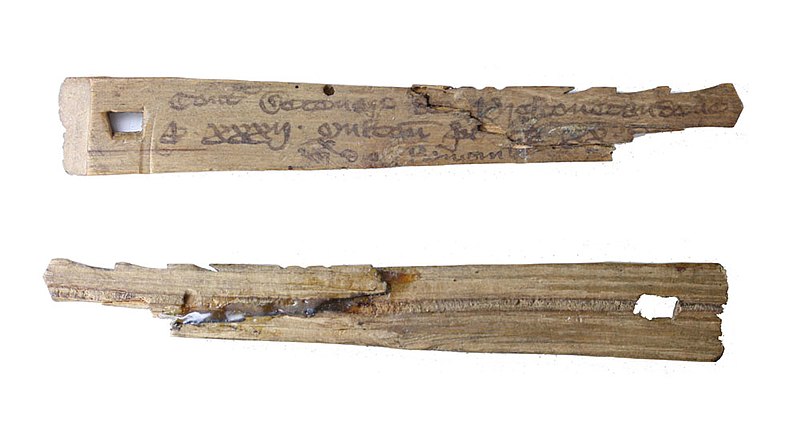By science fiction author Larry Niven:
1.a. Never throw shit at an armed man.
1.b. Never stand next to someone who is throwing shit at an armed man.
2. Never fire a laser at a mirror.
3. Mother Nature doesn’t care if you’re having fun.
4. F × S = k. The product of Freedom and Security is a constant. To gain more freedom of thought and/or action, you must give up some security, and vice versa.
5. Psi and/or magical powers, if real, are nearly useless.
6. It is easier to destroy than create.
7. Any damn fool can predict the past.
8. History never repeats itself.
9. Ethics change with technology.
10. There ain’t no justice.
11. Anarchy is the least stable of social structures. It falls apart at a touch.
12. There is a time and place for tact. And there are times when tact is entirely misplaced.
13. The ways of being human are bounded but infinite.
14. The world’s dullest subjects, in order:
a. Somebody else’s diet.
b. How to make money for a worthy cause.
c. Special Interest Liberation.
15. The only universal message in science fiction: There exist minds that think as well as you do, but differently. (Niven’s corollary: The gene-tampered turkey you’re talking to isn’t necessarily one of them.)
16. Never waste calories (i.e., don’t eat food just because it’s available, or cheap; only eat food you’ll enjoy, because you have to limit overall calorie intake).
17. There is no cause so right that one cannot find a fool following it.
18. No technique works if it isn’t used.
19. Not responsible for advice not taken.
20. Old age is not for sissies.
See Lessons Learned.



